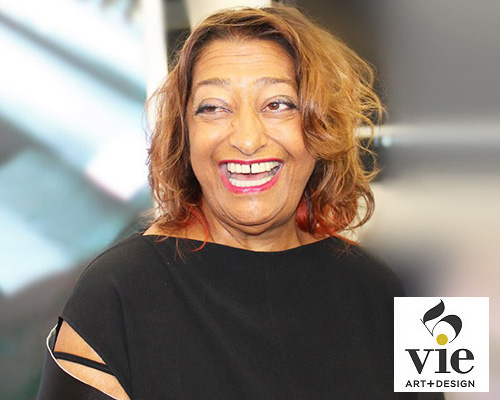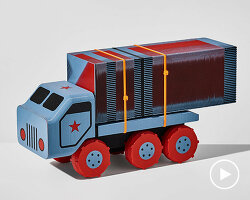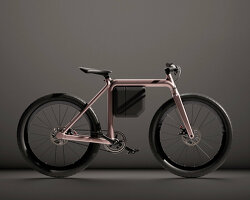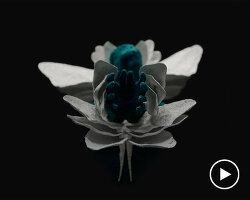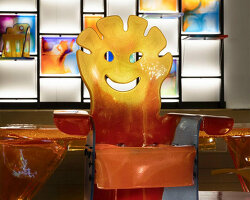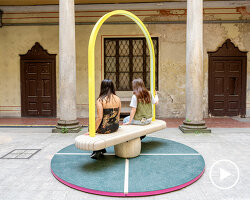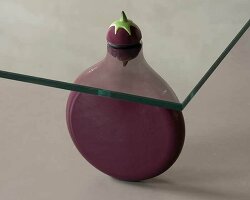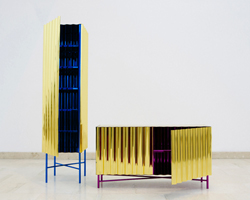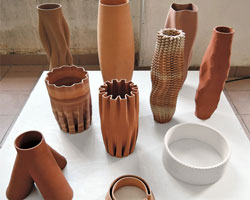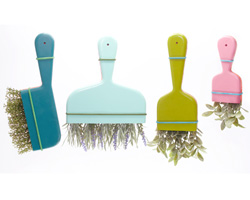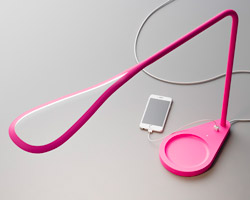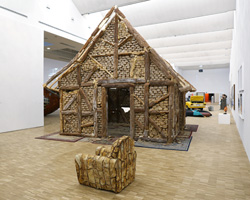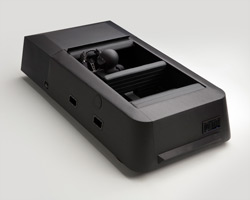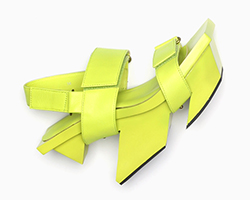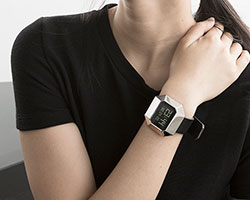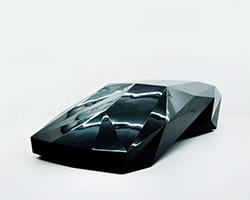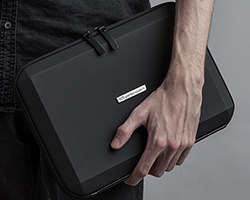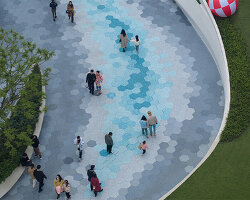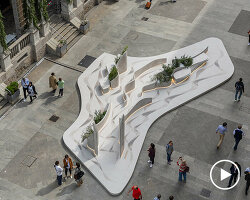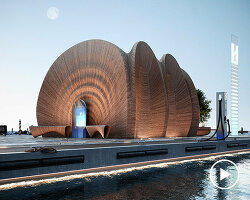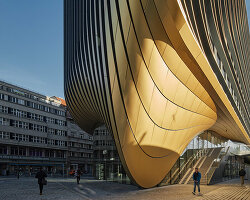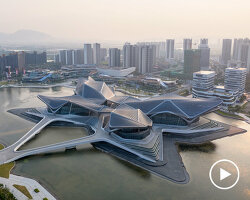on the occasion of milan design week 2015, united nude and 3D systems present ‘re-inventing shoes’ – an exhibition which debuts new and exclusive 3D printed high heel concepts conceived by five of the world’s leading architects and designers: ben van berkel, fernando romero, michael young, ross lovegrove and zaha hadid. the creatives were invited to explore the potential of 3D printing technology as an application, and given the largest amount of sculptural freedom to design a pair of shoes.
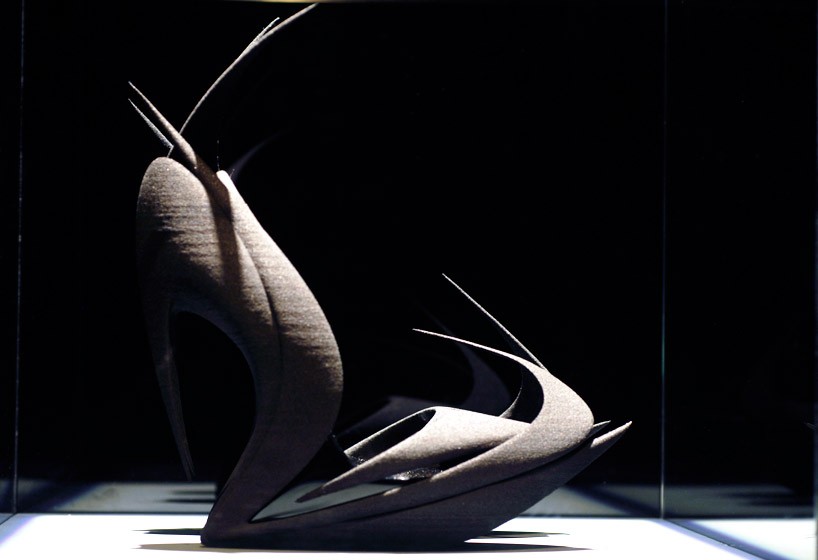
(above and main) image © designboom
as part of the event, designboom spoke with zaha hadid to better understand her vision for the bespoke footwear, and the principles which guide her general approach to design. in a wide ranging interview, hadid reveals her first exposure to the field of architecture, and explains her fascination with the early russian avant-garde artistic movement.
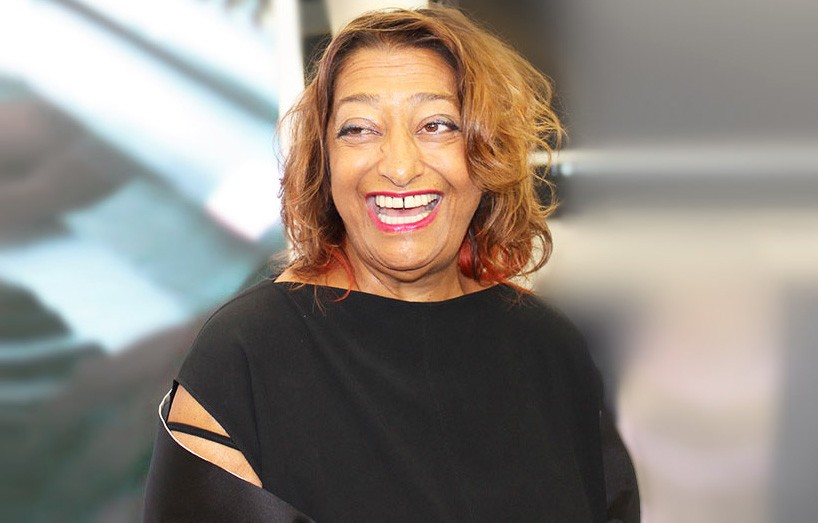
zaha hadid
portrait © designboom
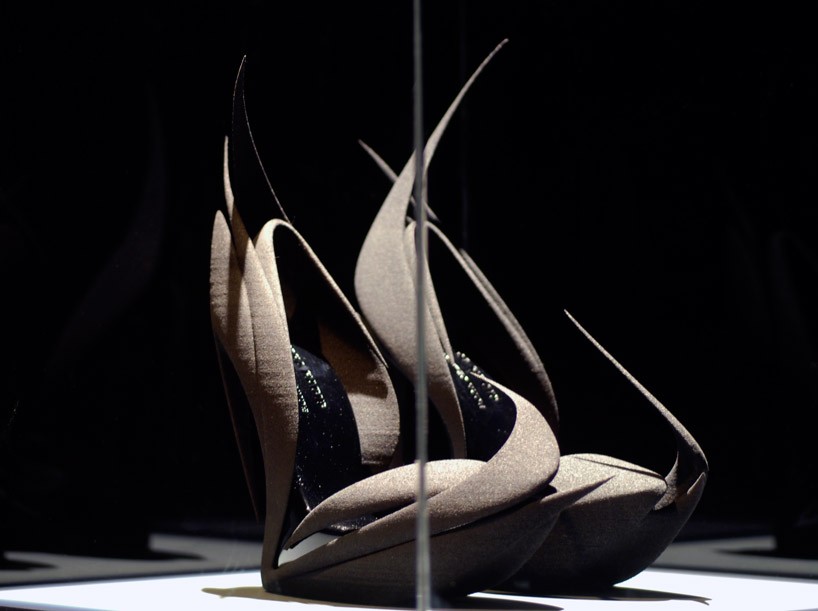
zaha hadid interview
image © designboom
designboom: what were the main challenges when transferring your architectural language into the form of a pair of shoes and how were you able to overcome these issues? the shoe you designed for united nude is both a challenge to preconceived formal limits of shoes, as well as a synthesis of materiality, ergonomics and dynamism, which aspect was conceived first and why was it more important than the other?
zaha hadid: as a designer, you first have to understand how shoes land with each step, how the wearer can balance and also the ergonomics and dynamics of how to ensure comfort and support – it’s all about working with the foot. but of course our intention was also to create a shoe that explores new possibilities in terms of design and manufacturing techniques. all these aspects have been carefully considered as a whole, and I don’t think one is more important than the others.
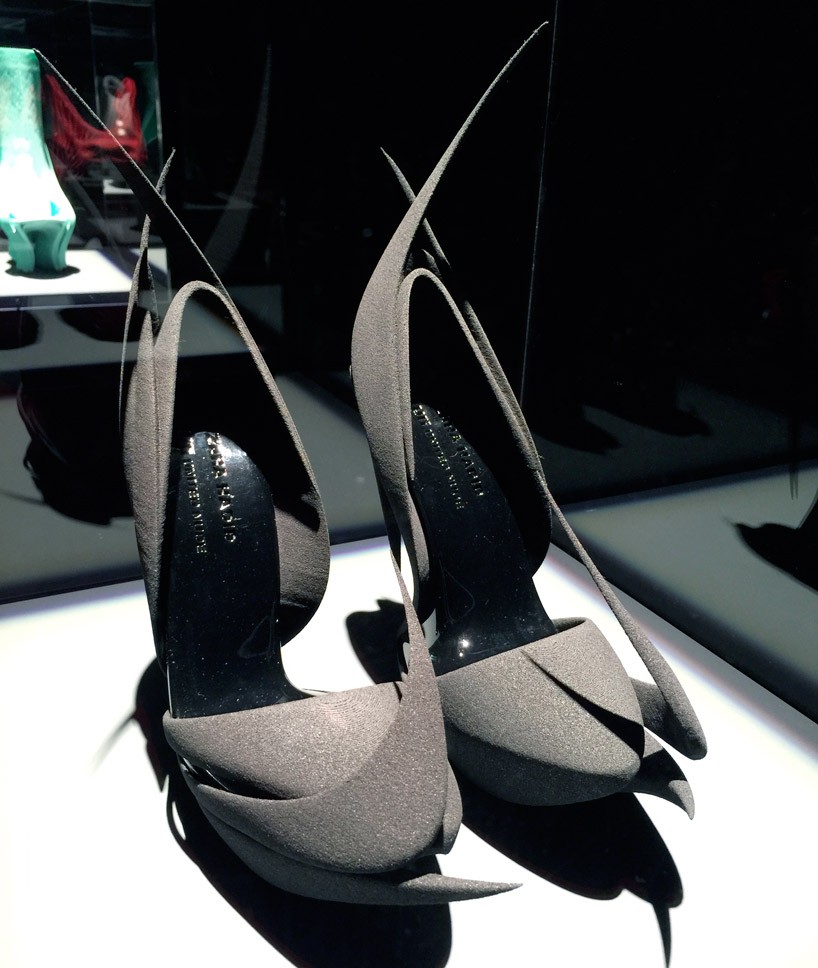
image © designboom
DB: with the continuing advancements in the field of 3D printing, was using the technology liberating in the sense that your design was accomplishable or did it propose new possibilities instead?
ZH: the 3D printing technology is definitely offering an exciting spectrum of new opportunities as we now have even more creative freedom and far less manufacturing limitations and constraints; great things can come out of this method of working!
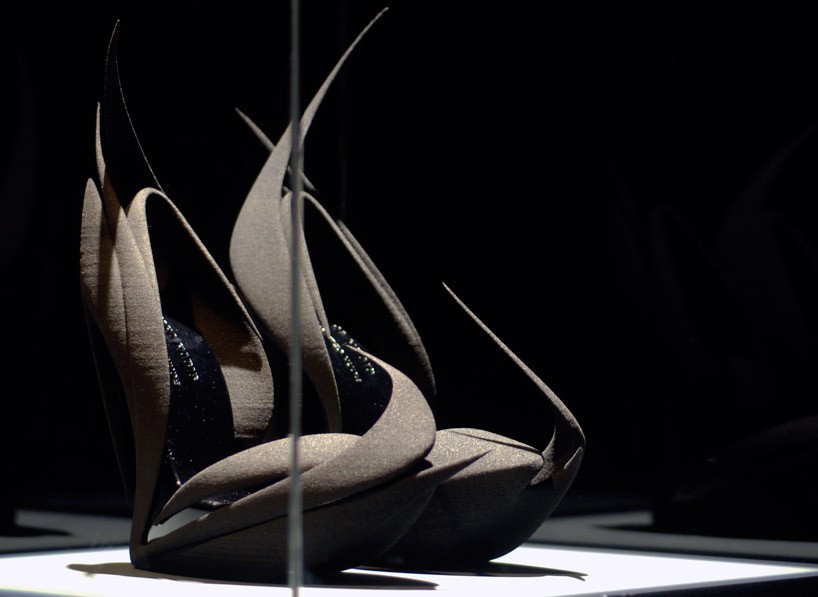
image © designboom
DB: what originally made you want to study architecture and become an architect, and what particular aspects of your background and upbringing have shaped your design principles and philosophies? for example, you have cited kazimir malevich as a major artistic influence on your work. how – and to what extent – do other creative fields continue to inform your architecture?
ZH: even as a little girl, I wanted to be an architect. my earliest memory of architecture, I was perhaps 6 or 7 years old, was of my aunt building a house in mosul in the north of iraq. the architect was a close friend of my father’s and he used to come to our house with the drawings and models. I remember seeing the model in our living room and I think it triggered something, as I was completely intrigued by it.
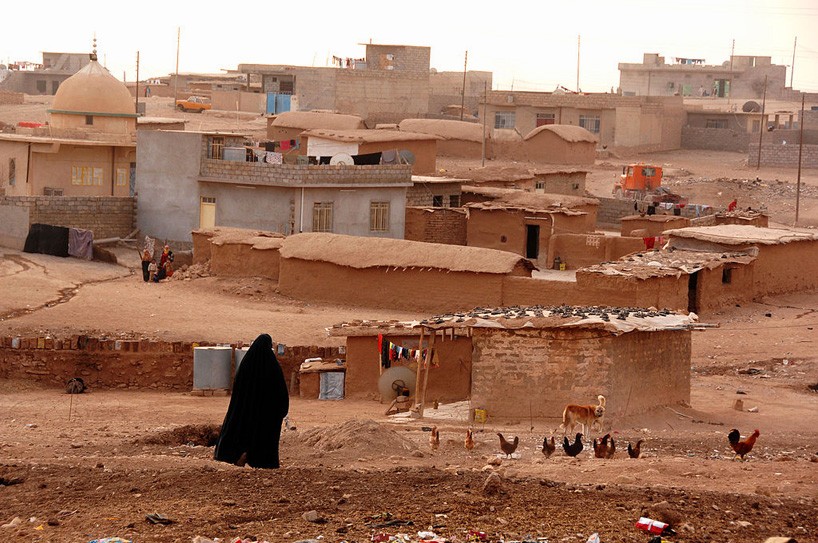
a rural village outside of mosul in northern iraq
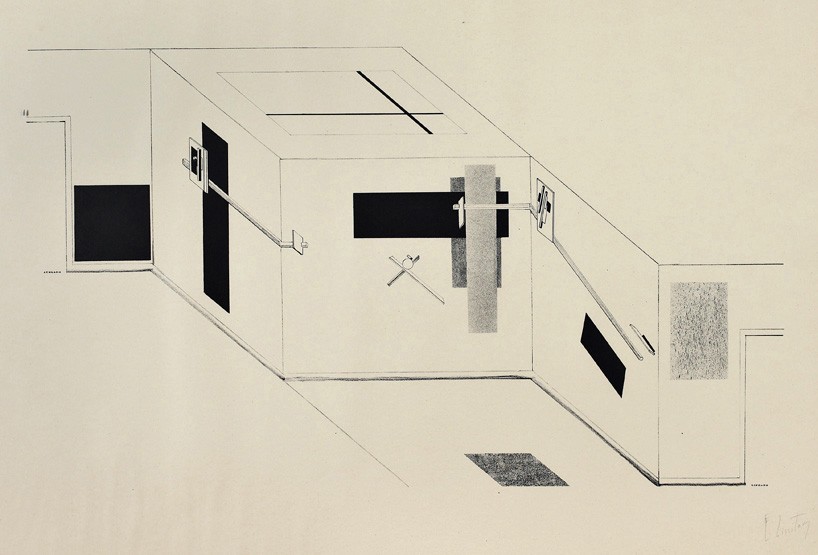
el lissitzky’s kestnermappe proun, rob. levnis and chapman GmbH hannover #6 (1923)
ZH (cont.): from my first days studying architecture at the architectural association, I have always been interested in the concept of fragmentation and with ideas of abstraction and explosion, where we were de-constructing ideas of repetitiveness and mass production. my work first engaged with the early russian avant-garde; the paintings of moholy-nagy, el lissitzky’s ‘prouns’ and naum gabo’s sculptures, but in particular with the work of kasimir malevitch – he was an early influence for me as a representative of the modern avant-garde intersection between art and design. malevitch discovered abstraction as an experimental principle that can propel creative work to previously unheard levels of invention; this abstract work allowed much greater levels of creativity.
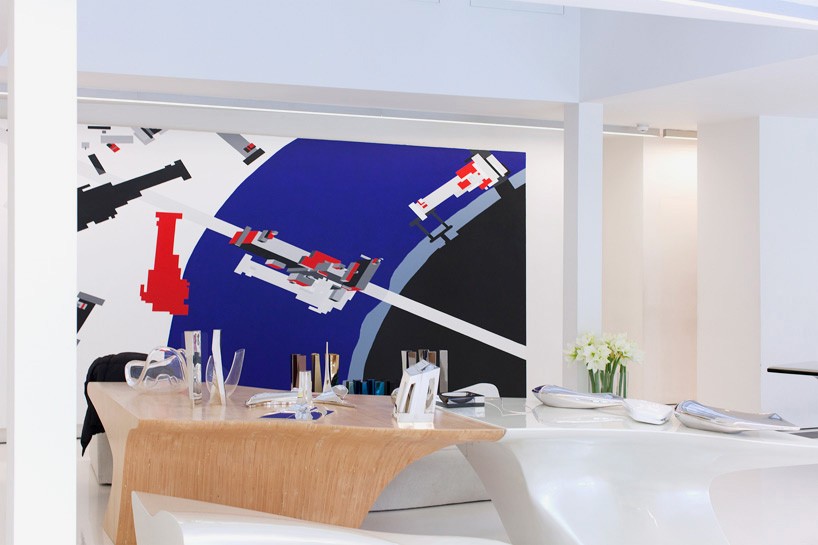
malevich’s ‘tektonik’ (1976/1977) shown in-situ at zaha hadid’s london home
photo © davide pizzigoni
ZH (cont.): today, our collaborations with other creative industries provide us with an opportunity to express our ideas through different scales and in many diverse media. we see it as part of a continuous process of our on-going design investigation. it’s a two way process – we apply our architectural research and experimentation to these designs – but we also learn a great deal from the process of collaborating with others who lead their own industries. a brilliant design will always benefit from the input of others. of course there is a lot of fluidity now between art, architecture and fashion—a lot more cross-pollination in the disciplines, but this isn’t about competition, it’s about collaboration and what these practices and processes can contribute to one another.
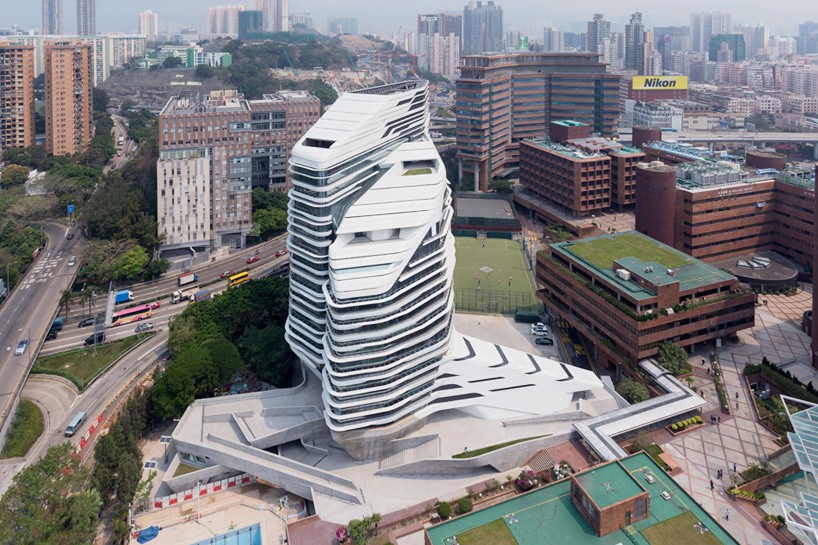
zaha hadid’s jockey club innovation tower in hong kong
image © iwan baan
DB: you work at a range of scales, from chairs and tables to skyscrapers. do you have a singular approach, which underscores all your work? your work often embraces new forms of technology and materials, how important have these advances been in allowing you to fully realize the full scope of your creative vision?
ZH: in terms of form, all the projects interest me equally, although there are obviously large differences according to the scale and process of each project. the idea for a building or an object can come up just as quick, but there is a big difference in process. they all come out from the same thing; all the projects are connected somehow. there is the perception of architecture is different because it is a more immersive experience – it’s about is how the person places herself in the space – whereas fashion is about how you place the object on the person.
indeed, our designs become more ambitious as we see the new possibilities created by the technology of other industries. there is a strong reciprocal relationship whereby our more ambitious design visions encourage the continuing development of the new digital technologies and fabrication techniques, and those new developments in turn inspire us to push the design envelope ever further. the current state of architecture and design requires extensive collaboration and an investigative attitude and we continue to research and develop new technologies.
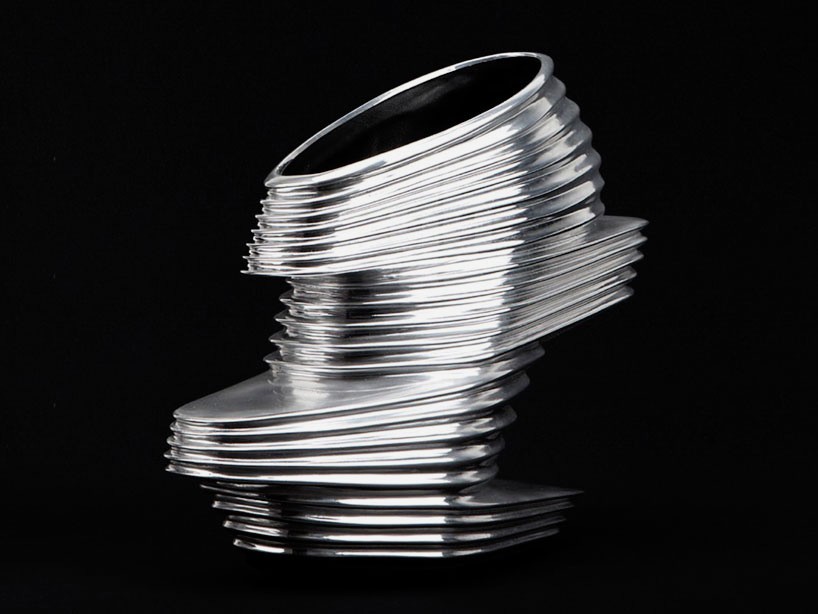
‘NOVA’ – the limited edition shoe previously created for united nude in 2013
image © united nude
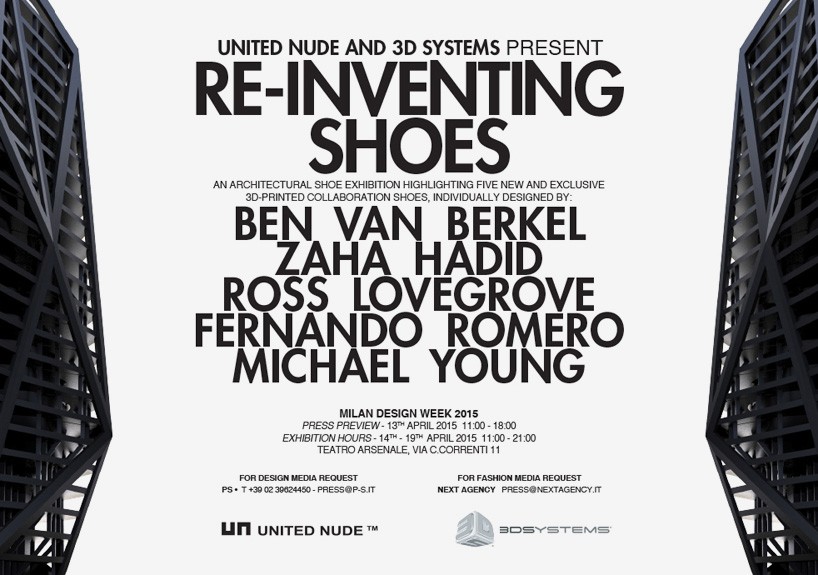
‘re-inventing shoes’ is on show at teatro arsenale, via c. correnti 11 within the 5vie art + design quarter during milan design week 2015. a press preview is being held on april 13th, from 11AM-6PM; with regular exhibition hours running april 14th-19th, from 11AM-9PM.
designboom is the exclusive online media partner of 5vie.
3D printing (767)
5vie art + design (17)
milan design week 2015 (164)
united nude (12)
zaha hadid (372)
PRODUCT LIBRARY
a diverse digital database that acts as a valuable guide in gaining insight and information about a product directly from the manufacturer, and serves as a rich reference point in developing a project or scheme.
